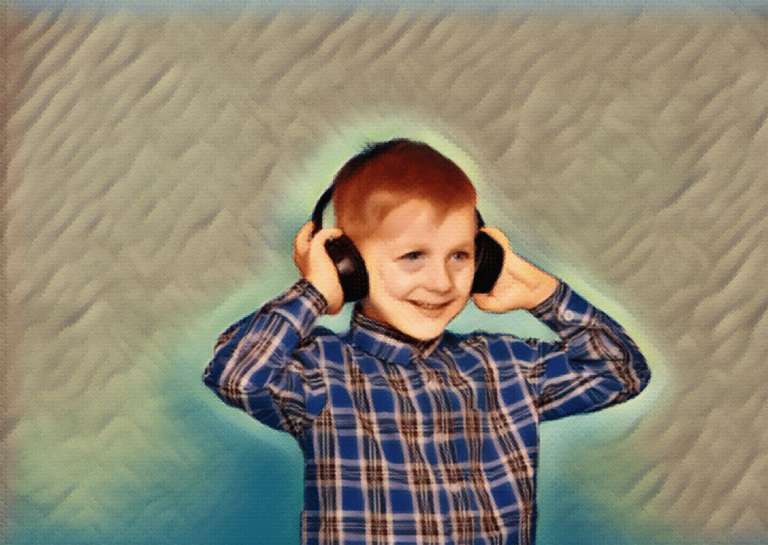With children listening on devices for longer hours, noise-induced hearing loss is on the rise among young people. In this article, we’ll provide parents with ways to protect kids’ ears from headphone related hearing loss.
Most parents can relate to the struggle of trying to get your child’s attention when they are watching a movie, playing a game, or listening to music with their headphones on. Not only does this frustrate parents, but it is a threat to children’s health.
Hearing loss is permanent
An estimated 12.5% of children and adolescents between the ages of 6 and 19 have already suffered permanent hearing damage from excessive noise exposure, according to the Centers for Disease Control and Prevention. The World Health Organization said last month that more than a billion young adults are at risk of permanent, avoidable hearing loss due to unsafe listening volumes.
Many parents want to do something about the volume being cranked up too loud before they lose their voice and temper by from constantly competing with headphones. Hearing loss may take several years to become noticeable, meaning the impact on children isn’t immediately evident. Michael Cohen, director of the Multidisciplinary Pediatric Hearing Loss Clinic at Massachusetts Eye and Ear, gives insight on the matter. Dr. Cohen said the damage might not even show up on a standard hearing test, but it can lead to difficulty understanding speech in noisy environments. This underlying damage is called ‘hidden hearing loss.’
Additional impacts
While adults are at the same risk of hearing loss, the stakes of damage are greater for children. For children, their developing speech can be affected by hearing loss. Additionally, damage from noise exposure is cumulative, meaning damage continues to increase over time to the point where it is irreversible.
You may be wondering what volumes are safe to listen to. According to the World Health Organization, the daily recommended safe volume level of any sound is below 85 decibles, for a maximum of 8 continuous hours. For every three-decibel increase in volume, the amount of safe listening time cuts in half. So if you are listening to music at 100 decibels—the equivalent volume of a hair dryer—it’s only safe for 15 minutes.
Prevention is key
Fortunately, there are safety tools available. Noise-canceling and volume-limiting headphones, as well as settings on the devices themselves, are tools parents can use to protect kids’ ears. Audiologists, hearing doctors, advise against in-ear headphones. They recommended over-the-ear, noise-canceling models. Standard earbuds are more concerning because they don’t block out background noise as well as over-the-ear headphones.
Some things parents can do to help their kids avoid lifelong hearing damage include, following the 80/90 rule. This means having your children listen to their devices at 80% of the maximum volume for 90 minutes a day. You can see this by looking at the volume slider on their tablet or phone. On some devices, you can also set limits in the settings.
For example, Apple offers a few ways to control volume from its iPhones and iPads. You can do this by going into the device settings and taping Sounds & Haptics. Then, choose Headphone Safety and enable Reduce Loud Sounds. You can drag the slider to choose the maximum volume or decible level you want to allow through headphones.
You can also choose to receive notifications if the headphone audio level exceeds the WHO’s recommended audio limit over a seven-day period. If you are concerned with your child’s listening habits, you can track headphone audio levels in the iPhone’s Health app or in the Apple Watch’s Noise app.
By investing in products such as noise cancelling, over-the-ear headphones, setting device volume limits, and monitoring how long your child listens to their devices, you can help prevent headphone related hearing loss.

